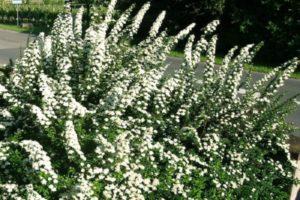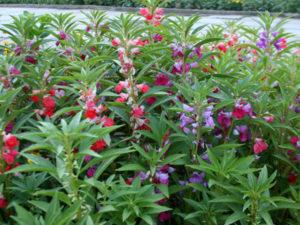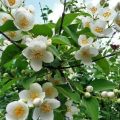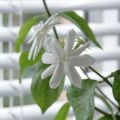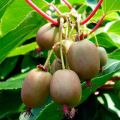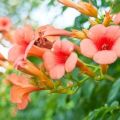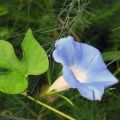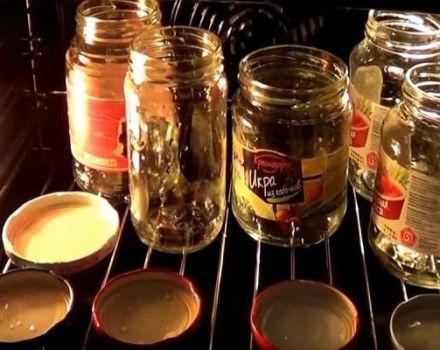18 types of multiflorous jasmine with description and characteristics
Jasmine is a beautiful ornamental plant. However, not every gardener succeeds in growing it successfully, since he is capricious in care and will please with good flowering only when a lot of effort is made. Often this word is called a chubushnik bush from the genus hydrangea, but real jasmine is an evergreen shrub. It has a straight or curly stem, ranging in length from 1.5 to 10 meters. In total, almost 200 species are known, 90 of them are indoor. One of the most common is multiflorous jasmine. Some varieties of jasmine are not only decorative, but also economic.
Varieties, varieties and characteristics of plants
Jasmine grows not only in natural conditions, but also at home. Under natural conditions, some types of jasmine grow up to 10 m in length. Climbing vines, which are grown at home, come in lengths from 0.5 to 2 m.
The leaves of most bushes are 6-7 cm long, have a complex shape, are attached to the stem with a short cutting. Different species bloom in different ways, it depends on the type and conditions of detention. It will delight the owner with beautiful flowers of delicate shades - from white to pink. The diameter of each is 2-2.5 cm. They have a pleasant strong smell, unlike the smell of the usual chubushnik.
Jasmine takes root well outdoors in areas with warm climates. In the first and second years, jasmine must be transplanted into specially prepared soil. Then the transplant will need to be carried out no more than 1 time in three years. All types of jasmine are preferably kept on the east or west side. There should be enough light, but do not put the pot in direct sunlight.
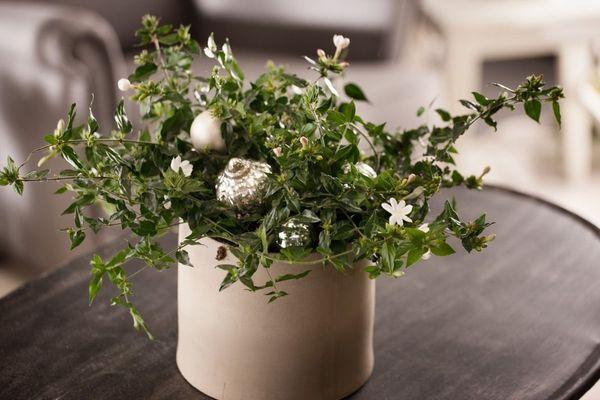
The plant is equally poor at tolerating both too open areas and darkened areas.
During the growing season, + 25 degrees will be enough for the plant; during the dormant period, the temperature may be slightly lower. Jasmine is extremely picky about humidity conditions, because it is originally a tropical plant.
The grower can spray additional moisture directly onto the plant itself. For this, finely dispersed spraying is used with a spray bottle. The water should be soft. Drops should not fall on the buds.
In winter, when jasmine is dormant, spraying is not necessary. You can also purchase a ready-made humidifier or make one yourself. For all species, timely and abundant watering is important. Curly species should be tied up as young shoots grow.
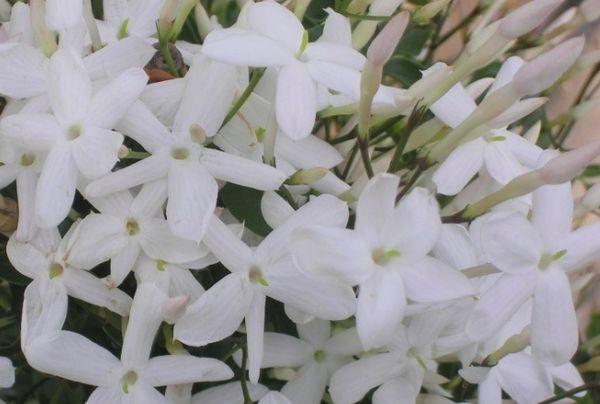
Large-flowered
This variety is not as big as the others. Its height is only 15-20 cm. The stem is glabrous, the leaves are smaller, 2-3 cm long. Large white flowers are collected in inflorescences of 6-8 pieces. This species is popular due to its long flowering period: from July to October. Flowers are widely used in floristry when drawing up bouquets and compositions.
Multi-flowered
This shrub in a flower bed or garden plot can grow up to 2 m in length. It branches weakly, however, due to the fact that the branches curl, the bush seems very lush. During the flowering period, an abundance of flowers appears on the bush. Pink buds turn white when blooming and have a strong aroma.
Holoflower
This species has a small number of leaves. In winter, jasmine loses most of them, but in spring they reappear. It blooms in large single flowers.

Drug
This variety is used not only for decorative purposes, but also for economic purposes. Jasmine extract has long been used in cosmetology because it has a good anti-aging effect. Jasmine root helps with insomnia. It is also taken in its pure form for headaches. Jasmine oil is used for massage.
The greatest amount of nutrients is found in all parts of the plant during the growing season.
However, there are a number of conditions in which the use of such a tool is prohibited. It:
- Pregnancy and lactation period.
- Stomach ulcer.
- Propensity for allergic reactions.
- Hypertension.

The thinnest
This type differs in that the bush has shoots downy. The plant is light green, slightly pubescent in the lower part. The flowers are large, each flower is up to 2.5 cm in diameter. The bush blooms from January to March.
Sambac
A very large liana - it can reach 5-6 m in length. Flowers are white, large, double. Blooms very profusely from March to late October.
Flattened
A medium-sized shrub with dark green leaves and pale purple flowers. Vines need to constantly shorten young shoots. This will stimulate good flowering. With proper care, this variety will bloom all summer.
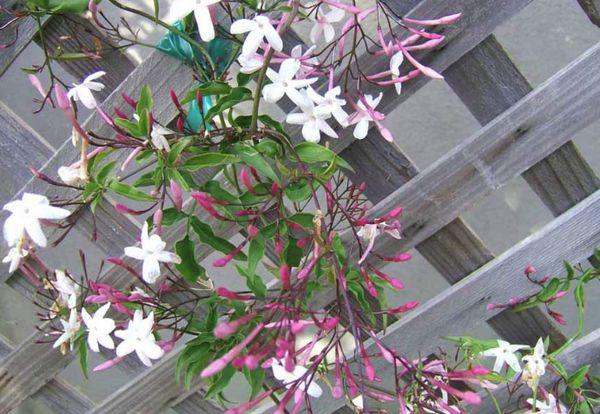
Flipped
This jasmine has flowers of a bright yellow hue with turned-back petals, which is why the species got its name. The flowers are small, with a pleasant aroma. Blooms throughout the summer.
Pink Jasmine Biss
This jasmine is often used for decorative purposes, using it to decorate a summer cottage. Bright pink flowers appear everywhere on the shoots of creepers, collected in inflorescences of 2-3 pieces. Liana begins to bloom in early May and finishes only after 2 - 2.5 months.
Shrub yellow
This plant has straight stems, it is only 1.5 meters high. The bush has smooth and flexible stems, semi-umbrella flowers of an intense yellow hue.
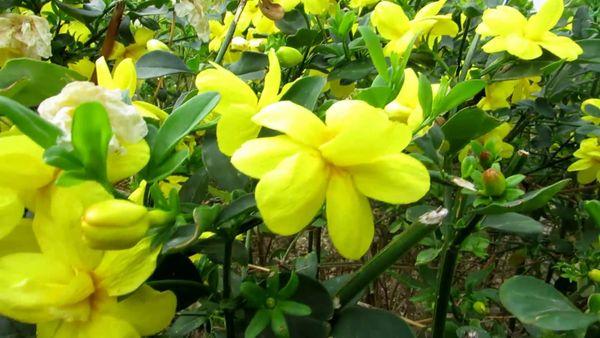
White indian
The closest relative of the Sambac variety. Liana is up to 6 m long. This variety can often be found in summer cottages as a decorative decoration. Tubular semi-double flowers up to 2 cm in diameter. Flowers live only for 1 day, but bloom alternately, due to which flowering lasts a long time - from early spring to late November. Fading, the flower turns pink and then burgundy.
Golden coastal
A distinctive feature of the species is that the golden coastal jasmine can bloom all year round. This is a rather rare variety. First, a deep pink bud appears, and then snow-white flowers. Glossy dark green leaves adorn the vine.
Multiflorous thinnest
A very graceful shrub with thin shoots and neat leaves. This variety has little branching. Flowers are white, narrow and tubular, emerging from pink buds.Bloom - from early January to March.
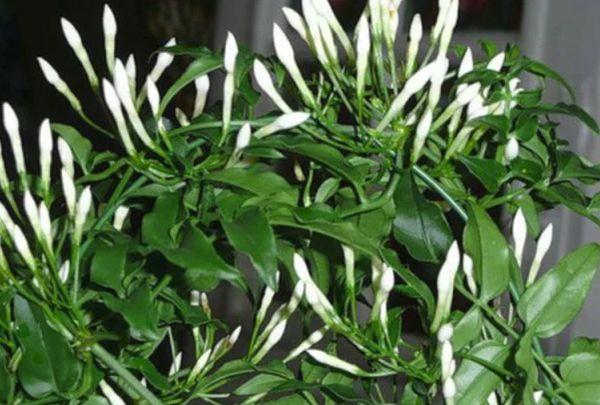
Ordinary
Common jasmine or mock orange. It is mistakenly attributed to this family because of the similarity of colors and a strong smell, although in fact it is impossible to consider the mock-orange as a real jasmine. It can be seen very often in garden plots, but sometimes it is also grown in greenhouses or at home.
The bush blooms with white fragrant flowers in May for 2-3 weeks. It is ubiquitous and requires less maintenance than other species.
Curly
The variety also belongs to the jasmine group. It is an evergreen small vine suitable for growing at home. The climbing branches themselves look very beautiful. An additional decoration will be flowers that will delight the owner from May to November.
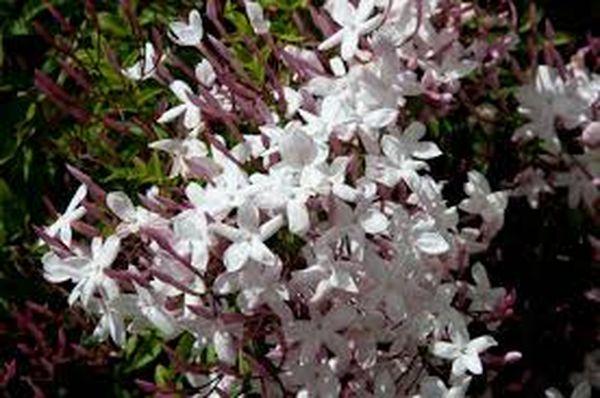
Chinese
This variety got its name from the place where it grew. Her homeland is tropical Asian forests. Under appropriate conditions, the vine grows up to 10 meters. The flowers of the plant are used as an aromatic additive in tea.
Polyanthus
This is an indoor jasmine species. In translation, the name means "multi-flowered". It is characterized by a large number of flowers during the growing season.
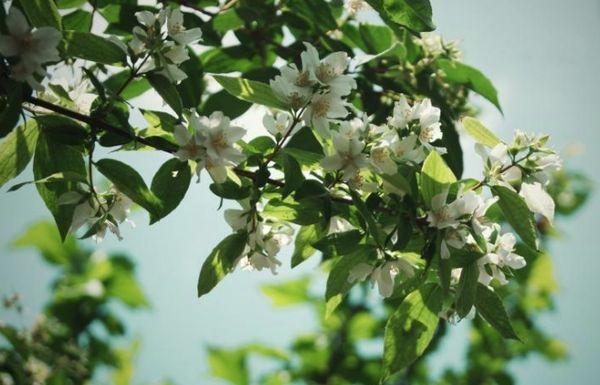
For the plant to bloom, you need to prune the shoots in a timely manner.
Red varieties
These plant varieties are less common. They differ from the rest by the shade of flowers. They are always brightly colored and can be either deep pink or red.
Any varieties of jasmine need to be pruned and tied up regularly so that they truly decorate the backyard. Otherwise, the vine may overgrow and lose its attractive appearance.
